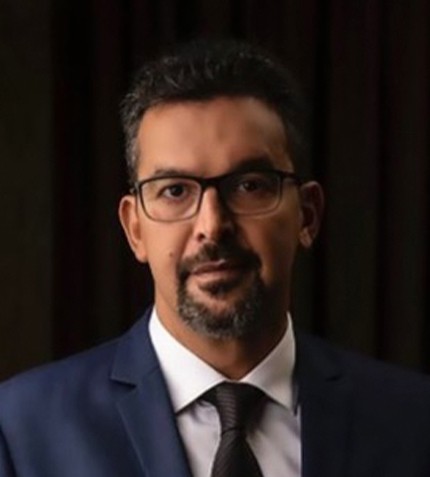
"An important challenge will be to ensure an appropriate transition from a conventional use of equipment and staffing of operations, into a more specialized and remote and automated operation. Upskilling and reskilling of the workforce will be key, and we as contractors play a very important role in ensuring an effective implementation and proper transition."
Gianflavio Carozzi
CEO, AESA
Can you give us an overview of AESA’s performance in 2020 and focus for 2021?
Peru was unfortunately one of the few countries where mining operations, primarily underground, stopped for a period of time in 2020. As a result, we had a decline in sales and an impact on the financial bottom line. Nevertheless, AESA had a very robust balance sheet as we had previously optimized our working capital prior to the pandemic which allowed us to better withstand the crisis. During the pandemic, we worked diligently with our customers to restart operations safely, managing to ramp-up operations all the way through to the end of 2020, reaching full activity by December. In 2021, the focus is on health and safety, performance according to our contracts, and on achieving improvements in productivity. For us, this means an even higher interest from our clients in integrating services under fewer contractors.
How does AESA prepare workers for the current business environment to ensure productivity while maintaining health and safety?
At the beginning of the crisis, we decided to place our workforce first and foremost, which meant zero reductions in personnel and all possible efforts to safeguard their health and safety. We provided a private COVID coverage health plan for all of our employees, implemented safe-rooms for quarantining outside of the mining camps, implemented a network of doctors and psychologists to provide constant in-person and virtual support, and rapidly relocated employees with early symptoms to Lima so they could get the best possible health assistance. As a result, we have had no critical health impacts or casualties due to Covid at work.
To what extent has the implementation of technology at underground mine sites been accelerated by the pandemic?
The willingness to implement new technologies to achieve greater productivity is now much higher as a result of the pandemic. The obligated migration to remote work brought down important paradigms and opened up our minds to change. This, together with safety concerns regarding concentration of people, encouraged mining operators to reduce personnel footprint at the mine site. The migration of some of these positions out of the mine site started as a necessity, now mine operators are evaluating more aggressively the benefits that a migration of personnel out of the work front can produce by expanding productive hours in the mining cycle and increasing safety with the use of remote and/or automated equipment.
What potential do you see for growth in Peru as more operations transition underground?
Peru has a huge untapped potential for new projects, as well as operations that can extend mine life through exploration or by transitioning from open-pit to underground. To fulfill this potential, we need a better alignment between citizens and the political establishment in order to value and understand the importance of mining to the National economy while generating national pride about our mining know-how and performance. We also see potential in achieving synergies by servicing both underground and surface mining needs.
One very important and anticipated project is Yanacocha Sulfides, in which AESA is participating in the bidding process to develop this project through a joint venture with Redpath Mining.
What would you say are the main long term challenges for underground contractors in Peru, and what could be done to mitigate or resolve them?
In the long term I see two important challenges. One important challenge is to transition from a transactional relationship with customers, into a strategic partnership which aligns both parties better to improve the management of risks and to work symbiotically in the best interest of the mine. For example, Planning tends to be an area of opportunity to improve in underground mining, but when done correctly it can achieve much higher resource utilization rates and productivity.
Another important challenge will be to ensure an appropriate transition from a conventional use of equipment and staffing of operations, into a more specialized and remote and automated operation. Upskilling and reskilling of the workforce will be key, and we as contractors play a very important role in ensuring an effective implementation and proper transition.
What do you think are main themes that will shape the underground mining industry in 2021?
We intend to regain scale and recover the company’s growth path again. We need to search for productivity gains for us and for our clients’ benefit, which means reviewing and improving our processes, investing and adopting new tools, bringing down paradigms as happened during the pandemic, and developing the communities within the area of influence in which we operate.










